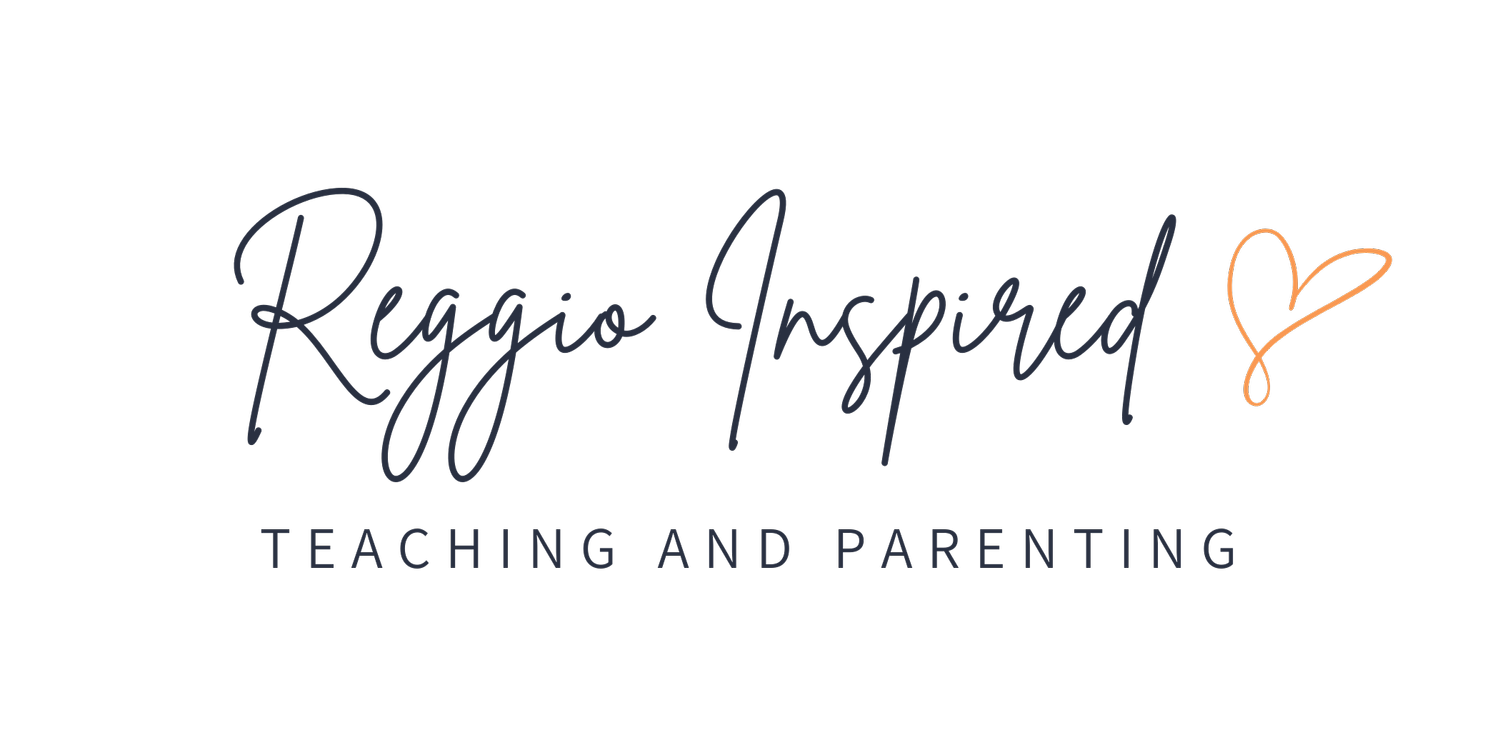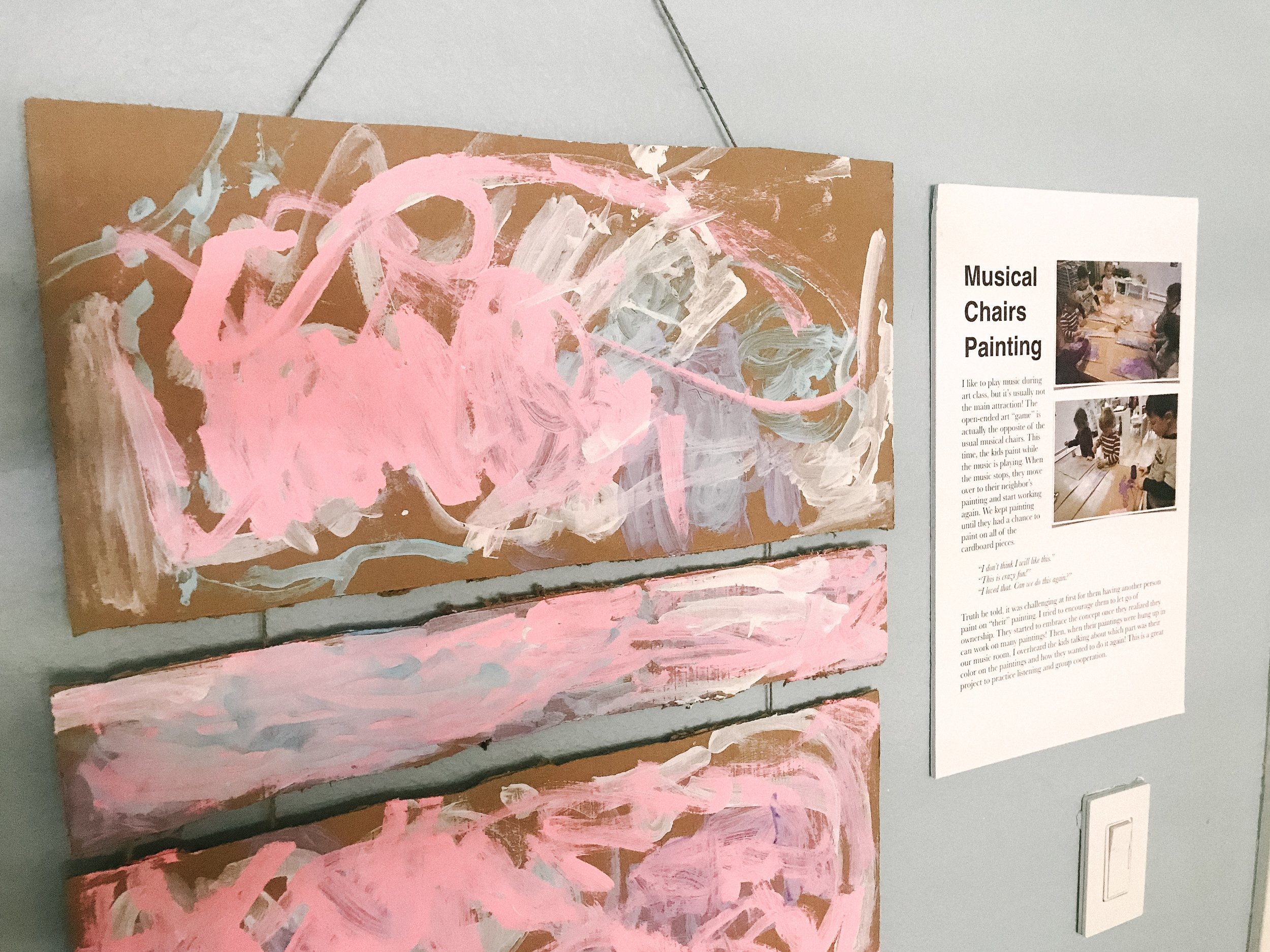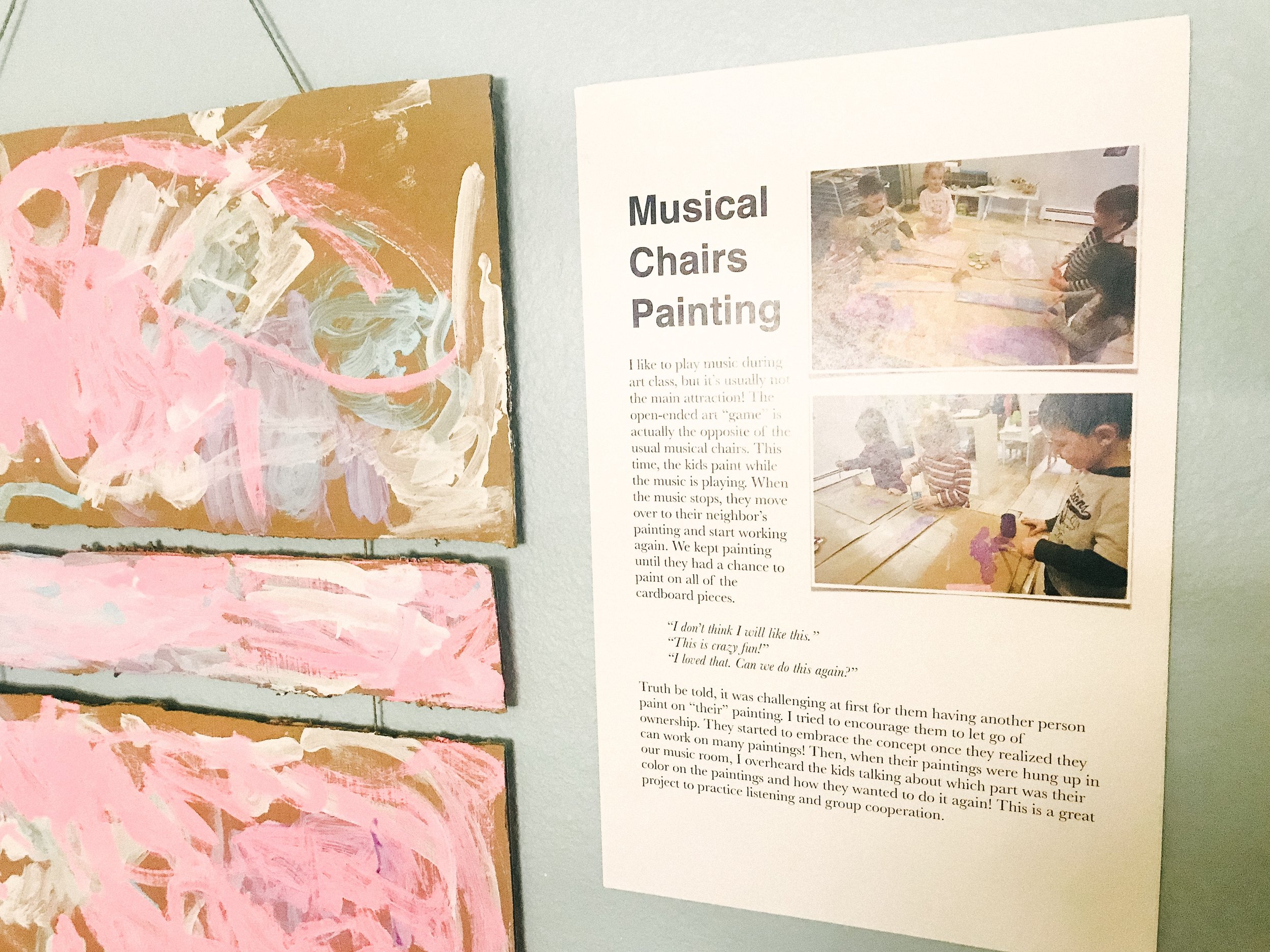How to Make Beautiful Reggio Emilia Documentation Panels
Through trial and error, I think I have FINALLY figured out an easy way to beautifully display our documentation!
In Reggio Emilia schools, documentation provides a visible record of the learning experiences happening in the classroom. Not only does it reveal the experiences from our investigations, it also helps us plan for future experiences.
Previously, I’ve resorted to printed documentation that I will glue stick black paper behind it. While that also does get the job done, I wanted it to 1) fit in with my value of aesthetics and 2) save me time. Here Reggio teachers is a helpful tip if you want to also make beautiful documentation panels for about $2.50-$3.00 each.
Materials
11 x 17 Foam Core (I bought these in bulk from Amazon. $20 for 10. I can use both sides so it ends up being a great deal.
11 x 17 Printed Reggio Documentation - First I create my documentation piece on an 8 1/2 x 11 paper on Pages (or Word). I have a color printer, but I can upload to Office Max’s website and have them enlarge it to print on ledger (11x17) size paper with their super fancy printers. It’s about $1.25 for 1 copy and they can print it on thicker cardstock paper.
STEPS
Once I have my foam core and my printed documentation, I use the spray glue to spray all over the foam core.
Then I quickly place my printed 11x 17 ledger size documentation on the foam core and wait for it to dry. This takes about 15-30 minutes to fully dry.
Finally, I hang up my documentation panel near the artwork and/or in a spot in the room that is easy for parents to notice and read. I’ve just been using duct tape to hang it up.
Please note that you CAN buy foam core in a variety of sizes or a large sheet. However, then you have to be even more precise with the x-acto knife to cut it down to size. To get a straight cut, I advise you to use a metal ruler with the x-acto knife and make several cuts until you get through the foam core. It will work, but I haven’t yet mastered this skill nor have the patience for perfect lines. That’s why I’ve found the best luck with just getting the foam core the size I want and no cutting!
Final Thoughts — a note about FONTS:
My sister teaches design and typography at the University level. She shared with me this helpful info when thinking about your fonts on documentation panels:
“Helvetica is the gold standard for graphics. It’s a very neutral, sans serif font. For anything you share with parents, she recommended Franklin Gothic or Baskerville. For a documentation piece or poster, she recommends using a mix of a serif and sans serif. As a general rule, they typically say use sans serifs fonts for titles and serif fonts for body text.”
I hope this is helpful! Documentation is an ever-evolving and changing process. When we view the children’s research, thinking, and play with the highest respect — the documentation should naturally be displayed in a professional and almost museum-quality display. Please reach out with any questions — megan@rootsandwingsfc.com
Loris Malaguzzi on documentation in the classroom:
Stand aside for a while and leave room for learning, observe carefully what children do, and then, if you have understood well, perhaps teaching will be different from before.” - Loris Malaguzzi
For more information about light and shadow, provocations, the Environment as the Third Teacher, documentation, and more…you can download our Reggio-Inspired Teacher Playbook. We created this Reggio Playbook to make it easier and more enjoyable for you to explore and use the Reggio Emilia concepts. We share ideas and practical advice on how to implement this philosophy in your Reggio classroom.




